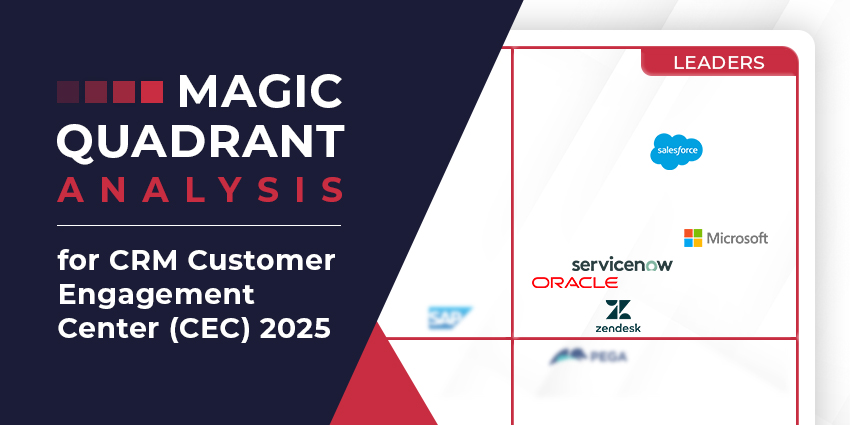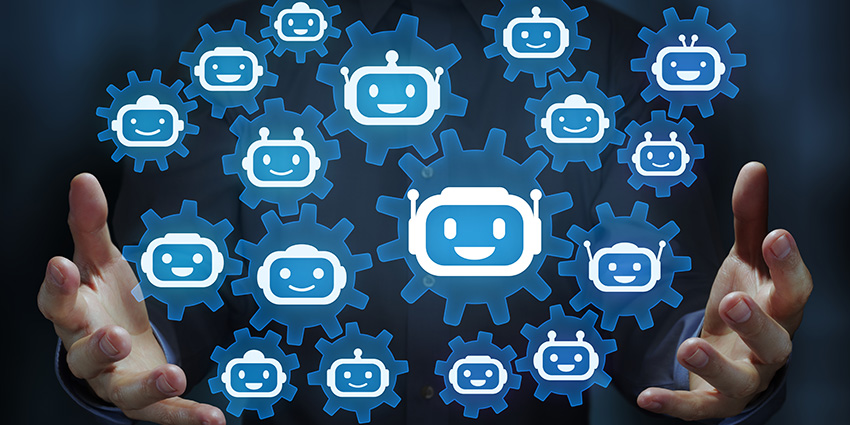The latest models, innovations, and possibilities dominate the enterprise AI conversation.
Yet, in terms of its practical application, there must be more room for discussion around governance, security, and data access.
Cisco and ServiceNow have pushed these crucial talking points to the fore by declaring a strengthened partnership.
In doing so, the vendors announced the combination of Cisco AI Defense and ServiceNow SecOps.
However, this isn’t a run-of-the-mill integration; it’s co-innovation, alongside a commitment by the two vendors to work more closely together.
Indeed, during an interview on Cisco’s YouTube channel, Amit Zavery, President, CPO, & COO at ServiceNow, teased ongoing co-innovation, deeper product integration, and real engineering collaboration, not just go-to-market fluff.
As such, expect more from the two tech giants, with considerable crossover, especially from a customer experience perspective.
Nevertheless, before considering what could come next, let’s first consider how its initial co-innovation endeavor will work and benefit mutual customers.
That starts with a quick rundown of the newly interoperable Cisco AI Defense and ServiceNow SecOps solutions.
What Is Cisco AI Defense?
Enterprises face two critical emerging security challenges as they get to grips with AI.
First, they must protect AI assets across the enterprise environment, ensuring employees don’t tamper or misuse them, knowingly or not.
Second, they need to prevent “shadow AI”, which is the utilization of unapproved third-party generative AI (GenAI) applications.
Cisco AI Defense addresses these challenges by acting as a control system.
Indeed, it monitors internal AI assets, ensuring they’re secure and alerting security and compliance teams to tampering and anomalies.
It also observes AI’s use in the network to detect shadow AI activity.
What Is ServiceNow SecOps?
ServiceNow SecOps splits into two groups of apps, tools, and workflows.
The first set aims to anticipate and understand security incidents and vulnerabilities. The second set focuses on case management, informing quick responses to critical issues.
Still, many organizations monitor issues via spreadsheets and email, which makes crucial updates and reporting difficult.
With SecOps, businesses can establish an HQ for their security posture, utilizing visual dashboards to track problems and analytics to spot trends and response times.
Analytics also allows companies to determine the possible impact of vulnerabilities and incidents, prioritizing action and establishing ownership.
How Will the Co-Innovation Work?
The new partnership ties Cisco AI Defense and ServiceNow SecOps together in several ways.
First, Cisco AI Defense will map all the AI workloads, models, and data across the ServiceNow platform, including all its apps and services.
From there, it may perform automated vulnerability assessments. Findings will appear in SecOps’ Vulnerability Response app, where organizations can track issues, triage, and address them.
Meanwhile, Cisco AI Defense metrics will pass into SecOps’ Security Incident Response app. The telemetry will provide insight into incidents, support their investigation, and facilitate a proactive threat response.
Additionally, the co-innovation will pull together two other key features of the products: Cisco AI Runtime Protection and ServiceNow Security Posture Control.
Cisco AI Runtime Protection is a solution that puts guardrails on AI apps, blocking malicious inputs, scanning models for harmful content, and more.
ServiceNow Security Posture Control will isolate possible gaps in its coverage before making that data available for vulnerability prioritization.
Finally, mutual customers may track AI organizational compliance by inputting Cisco AI Defense controls as standards within ServiceNow’s Integrated Risk Management platform.
How Will Mutual Customers Benefit?
Trials of this initial integration will begin “soon”, with it tabled to become available to joint customers sometime in the second half of 2025.
In doing so, enterprises can establish a single view of their AI applications for governance and IT teams, bolstering their security posture.
Critically, that helps these teams stay connected with integrated platforms that cover AI and security infrastructure and workflows.
Ultimately, that will help enterprises pinpoint vulnerabilities and incidents faster, taking action to minimize any negative impact or – even better – ensure it never occurs.
Consider this troubling statistic: global companies took a mean average of 194 days to identify data breaches in 2024, per Statista.
Here’s another: almost a third of UK employees are not only using unauthorized AI tools at work, but they’re paying for them, too, according to Deloitte.
These are precisely the issues Cisco and ServiceNow are confronting with this collaboration.
“Through this partnership, Cisco and ServiceNow are aligning security and AI operations at the platform level,” summarized Zavery.
By combining Cisco’s advanced AI security with ServiceNow’s role as the AI control tower for the enterprise, we’re helping customers operationalize trust—ensuring that AI is governed, secure, and ready to scale.
What’s Coming Next?
As Jeetu Patel, EVP & CPO at Cisco, teased in the above-mentioned YouTube interview:
The market should expect a lot of cross-product integration… We don’t view things as a zero-sum game but instead focus on interoperability. That is incredibly important.
Indeed, there are many more opportunities for interoperability within the Cisco and ServiceNow portfolios beyond AI and security.
For instance, ServiceNow is working with hyperscalers to run its own data centers across many regions. That creates synergies with Cisco in networking, performance management, and more.
However, for Zeus Kerravala, Principal Analyst at ZK Research, the collaboration will likely expand into CX next.
“ServiceNow and Cisco are leaders in their respective fields, and the co-development and innovation can greatly benefit customers,” he said.
I’m expecting to see the partnership extend to other areas, most notably CX where co-innovation can deliver more value to more customers.
A potentially significant opportunity in the CX market is to bring together the Webex Contact Center and ServiceNow Customer Service Management platforms.
The solutions currently represent two of the fastest-growing products in their respective portfolios.
Moreover, ServiceNow is actively converging its customer support CRM with rival CCaaS solutions, including Genesys Cloud CX and the Five9 Intelligent CX Platform.
Meanwhile, Cisco recently announced a similar collaboration with Epic, the popular healthcare CRM solutions provider.
By embedding its channels, routing engine, and more into ServiceNow, Cisco could similarly streamline the agent experience and centralize customer support data.
With Cisco and ServiceNow able to provide a robust overarching security architecture, the proposition could be attractive to more cautious contact center buyers.







